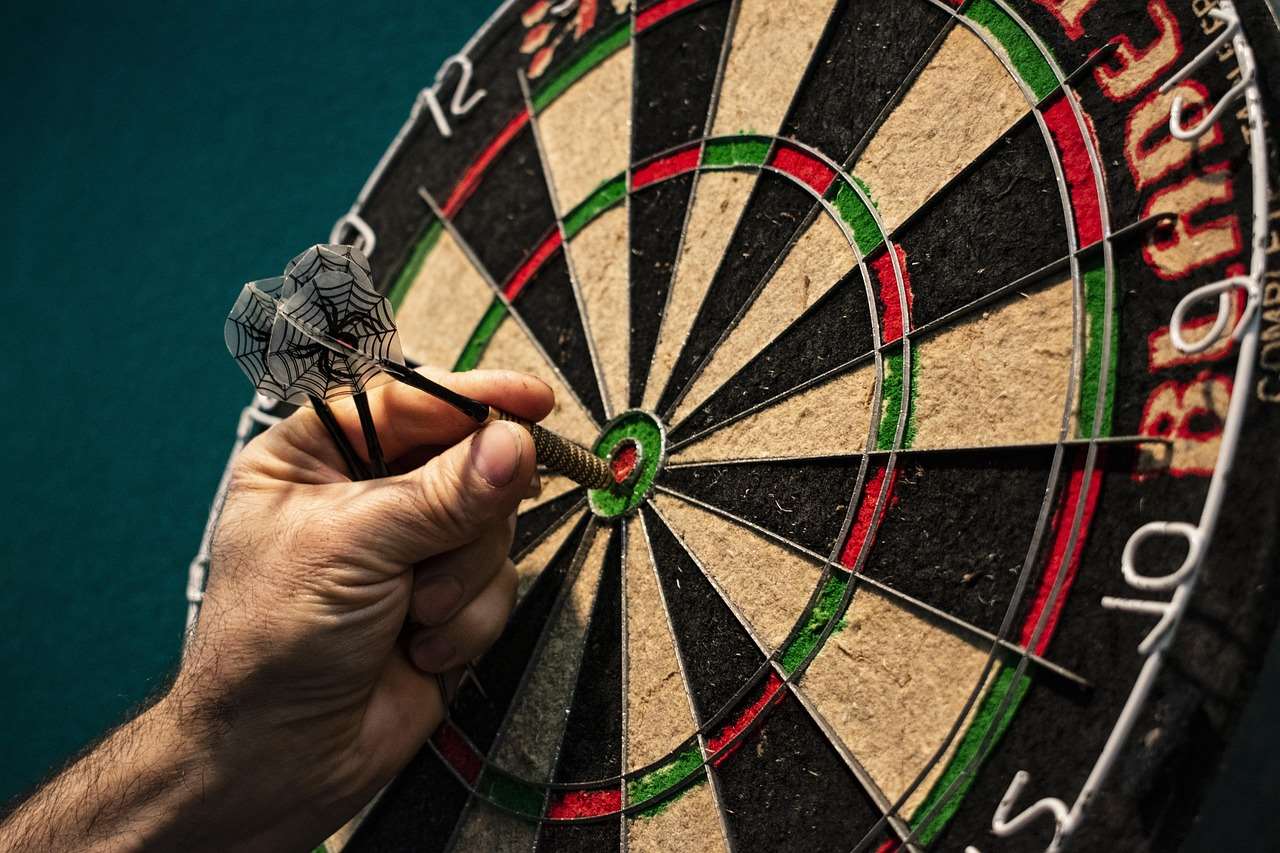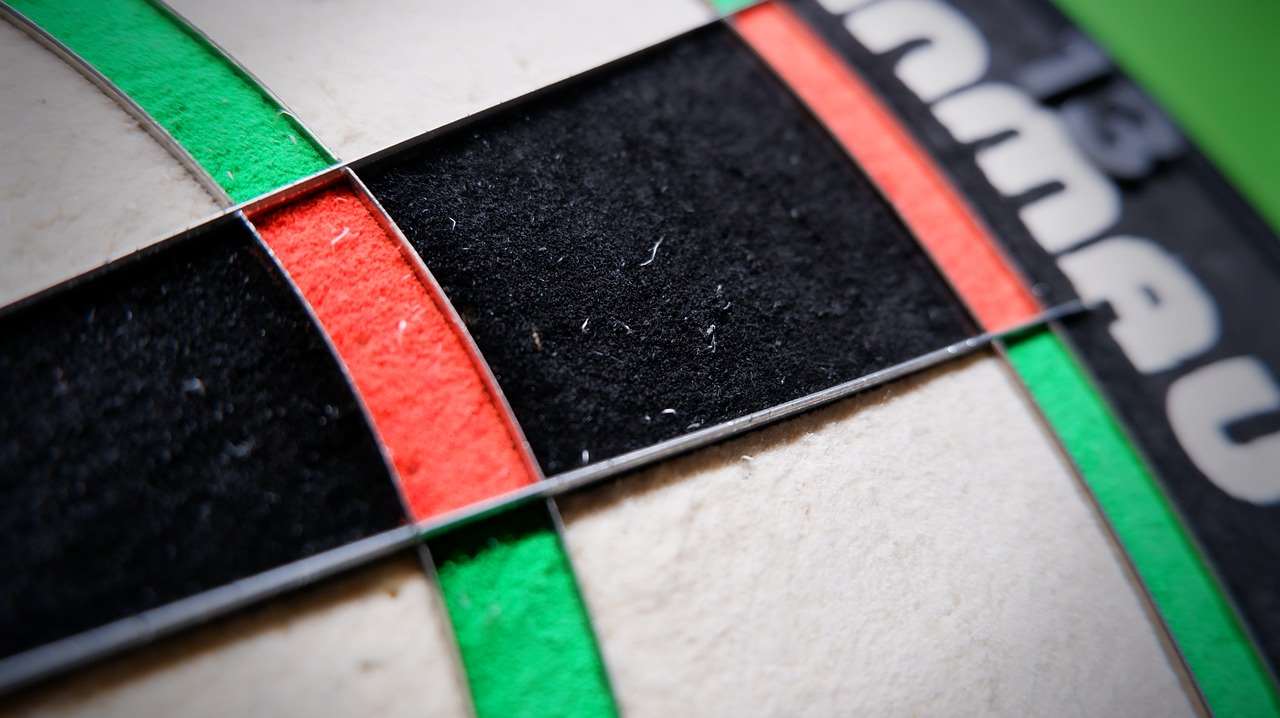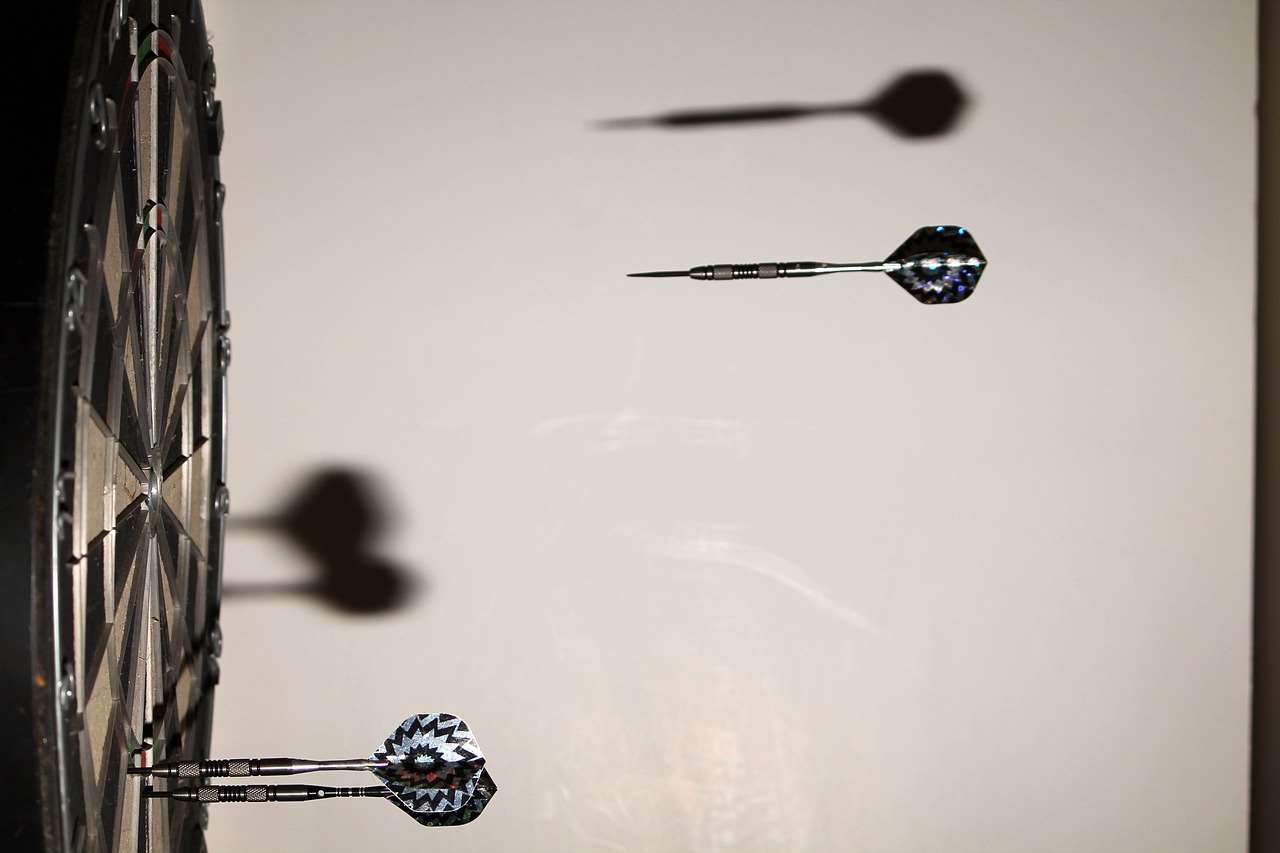Understanding legs darts rules is essential for any darts enthusiast, as the leg format is a cornerstone of professional tournaments and casual play alike; essentially, it defines how individual games within a match are won. This article will provide a comprehensive guide to legs darts rules, covering scoring, starting/finishing requirements, tie-break situations, and variations you might encounter.
⚠️ Still Using Pen & Paper (or a Chalkboard)?! ⚠️
Step into the future! The Dart Counter App handles all the scoring, suggests checkouts, and tracks your stats automatically. It's easier than you think!
Try the Smart Dart Counter App FREE!Ready for an upgrade? Click above!
Understanding the Core of Legs Darts Rules
The beauty of darts lies in its simplicity and accessibility. The foundation of that simplicity is the concept of a “leg.” A leg, in the context of darts, is a single game within a larger match. To win a leg, a player must be the first to reduce their score from a starting point – usually 501 or 301 – to exactly zero. However, there’s a crucial twist: the final dart thrown must land in a double or the bullseye, which also counts as a double. This final dart is known as a “double out”. Understanding these legs darts rules is vital for success.

Let’s break down the key components:
- Starting Score: The standard starting score for a leg is 501. Some variations, particularly in more casual settings, may use 301.
- Scoring: Players take turns throwing three darts. The score for each turn is calculated by summing the values of the three darts that land on the board.
- Reducing the Score: The score from each turn is subtracted from the player’s remaining total.
- Double Out: This is where things get interesting. To win a leg, a player must finish on a double. This means that the final dart must land in a double segment of the board (e.g., double 20, double 1, etc.) or the bullseye, which counts as double 25.
- Busting: If a player scores more points than needed, bringing their score to one or less, or finishes on a single number, the score from that turn doesn’t count, and their score reverts to what it was at the beginning of that turn. This is known as “busting”.
Variations in Starting Scores
While 501 is the most common, 301 is often used for quicker games or when playing with less experienced players. The fundamental legs darts rules remain the same; the only difference is the initial score.
Detailed Breakdown of Legs Darts Rules
To truly master darts, you need to understand the nuances of legs darts rules. Let’s delve deeper into some specific scenarios and considerations.
The Throwing Sequence
The order of play is usually determined by a “bull off.” Each player throws one dart at the bullseye. The player whose dart lands closest to the center of the bullseye throws first. After the first leg, the loser of the previous leg throws first in the next leg. This alternation continues throughout the match. Some tournaments may have specific rules about starting order, so it’s always best to check the official regulations.
Strategies for Finishing
Knowing how to finish a leg is just as important as scoring points. Many experienced players develop a repertoire of checkout combinations – specific sequences of darts that allow them to finish from different scores. Common checkouts include finishing on double 20 (40), double 16 (32), and double 18 (36). Practicing these combinations will significantly improve your game. You can also use a Cricket darts scorer app to help you learn some checkout patterns.
Checkout charts are also incredibly helpful. Many are freely available online and show the best ways to finish from various scores.

Dealing with Tie-Breaks
In some matches, particularly in tournaments, a tie-break is necessary to determine the winner. The tie-break format can vary, but a common method is to play a deciding leg. In this leg, the players may have to throw for the bullseye to determine who starts. Sometimes there may be odd rules. For instance, have you ever heard of a darts 3 leg medley?
Another tie-break format involves a sudden-death leg where the first player to reach a double wins the leg, regardless of their score in previous turns.
Understanding Match Formats (Sets and Legs)
Often, darts matches are played in a “sets and legs” format. A match consists of a predetermined number of sets. Each set consists of a predetermined number of legs. The player who wins the most legs in a set wins the set. The player who wins the most sets wins the match. For example, in some tournaments, a player might need to win three legs to win a set and three sets to win a match.
Understanding the overall match format is crucial for pacing yourself and developing a winning strategy. Some players might focus on winning sets quickly, while others might prefer to conserve energy for the later stages of the match.
Common Mistakes and How to Avoid Them
Even experienced dart players make mistakes. Here are some common pitfalls to watch out for:
- Busting: As mentioned earlier, busting can be a costly error. Always be aware of your remaining score and avoid throwing darts that would put you below zero or on one.
- Forgetting the Double Out Rule: It’s easy to get caught up in scoring points and forget that you need to finish on a double. Double-check your calculations before throwing your final darts.
- Choking Under Pressure: Playing darts can be mentally taxing, especially in high-pressure situations. Practice staying calm and focused, even when the stakes are high.
Tips for Improving Your Game
If you are planning to improve your game beyond understanding legs darts rules, practice makes perfect. Set aside time to practice regularly, focusing on both scoring and finishing. Experiment with different darts and grips to find what works best for you. Consider joining a local darts league to gain experience playing against other players. Watch professional darts matches to learn from the best in the world.

Here are a few more tips to help you improve your darts game:
- Consistency is key: Develop a consistent throwing motion and stick to it. Avoid making sudden changes to your technique, as this can lead to inconsistency.
- Focus on your target: Keep your eyes focused on the target throughout your throwing motion. Avoid looking at your darts or the score before you release the dart.
- Relax your grip: A tight grip can cause tension and affect your accuracy. Relax your grip and let the dart flow naturally from your hand.
- Follow through: Follow through with your throwing motion after you release the dart. This will help you maintain accuracy and consistency.
Advanced Strategies for Legs Darts Rules
Beyond the basics, several advanced strategies can elevate your game. These often involve subtle calculations and psychological tactics.
Strategic Scoring
While aiming for the treble 20 is the default strategy, sometimes aiming for other high-scoring areas, like the treble 19, might be more advantageous. This depends on your remaining score and the available checkout combinations. For instance, if you need 81 to finish, aiming for the treble 19 leaves you with 24, which is easily finished with a double 12. Smart scoring requires a good understanding of legs darts rules and mathematical probabilities.
Mind Games and Psychological Warfare
Darts can be as much a mental game as a physical one. Some players use tactics like subtle body language or calculated pauses to try to unsettle their opponents. While fair play is essential, understanding these psychological aspects can give you an edge. Just make sure the cyeelife darts you are using are up to the challenge!
Consider how top dart players act on stage. Some are very flamboyant and animated, while others are quiet and reserved. The way a player presents themselves can have a significant impact on their opponent.

Adapting to Your Opponent
A good darts player is adaptable. Pay attention to your opponent’s strengths and weaknesses. If they struggle with certain checkouts, try to force them into those situations. If they are easily rattled, use subtle tactics to try to get under their skin. However, always maintain sportsmanship and respect for your opponent.
Practice Drills to Master Legs Darts Rules
Consistent practice is the most important thing you can do to improve your darts game. Here are some specific drills to help you master legs darts rules:
- The Round the Clock Drill: Start at the 1 and throw three darts at each number in sequence, working your way around the board. This drill improves your accuracy and consistency.
- The Checkout Drill: Choose a specific checkout combination and practice it repeatedly. This will help you memorize common checkouts and improve your finishing skills.
- The Scoring Drill: Set a target score, such as 100 or 140, and practice trying to reach that score with three darts. This drill improves your scoring ability and helps you develop a strategy for maximizing your points per turn.
Using a Smart Dartboard for Practice
You could consider using a smart dartboard which is perfect for practicing legs darts rules. These boards often have apps that keep track of scoring and can even suggest checkouts.

Conclusion: Mastering Legs Darts Rules for Competitive Success
Ultimately, mastering legs darts rules is crucial for success in any darts game, whether casual or competitive. Understanding the scoring system, double out requirements, and tie-break procedures is essential. By practicing regularly, developing a strategic approach, and adapting to different situations, you can significantly improve your game and increase your chances of winning. Keep in mind that understanding legs darts rules and dart checkout names are also important aspects to remember. So, grab your darts, step up to the oche, and put your knowledge to the test. Are you ready to become a darts champion?
Hi, I’m Dieter, and I created Dartcounter (Dartcounterapp.com). My motivation wasn’t being a darts expert – quite the opposite! When I first started playing, I loved the game but found keeping accurate scores and tracking stats difficult and distracting.
I figured I couldn’t be the only one struggling with this. So, I decided to build a solution: an easy-to-use application that everyone, no matter their experience level, could use to manage scoring effortlessly.
My goal for Dartcounter was simple: let the app handle the numbers – the scoring, the averages, the stats, even checkout suggestions – so players could focus purely on their throw and enjoying the game. It began as a way to solve my own beginner’s problem, and I’m thrilled it has grown into a helpful tool for the wider darts community.